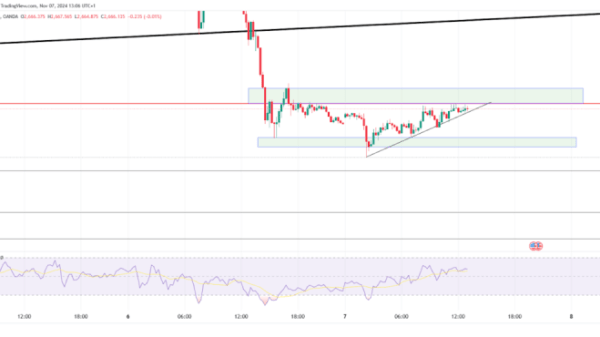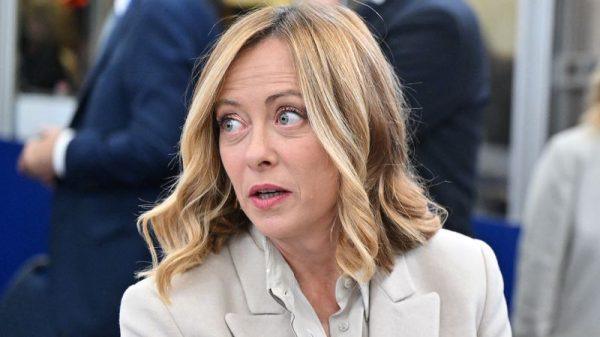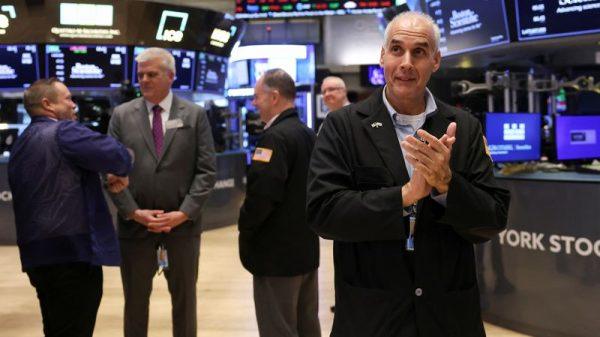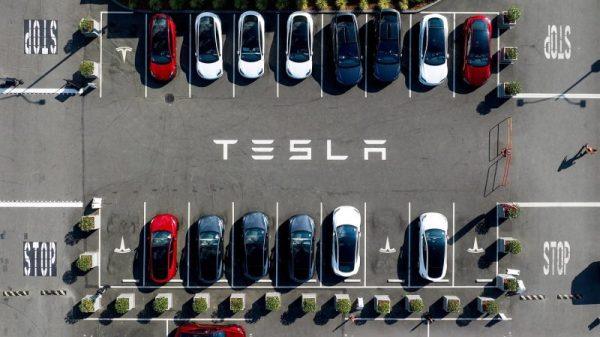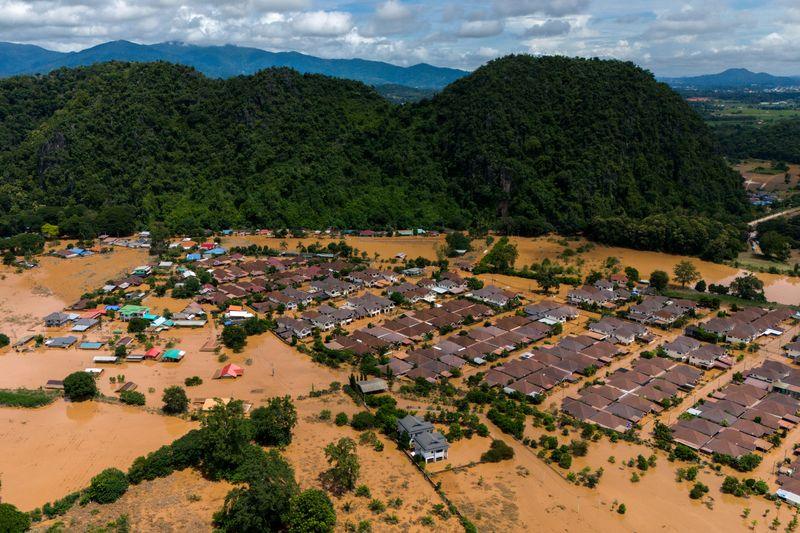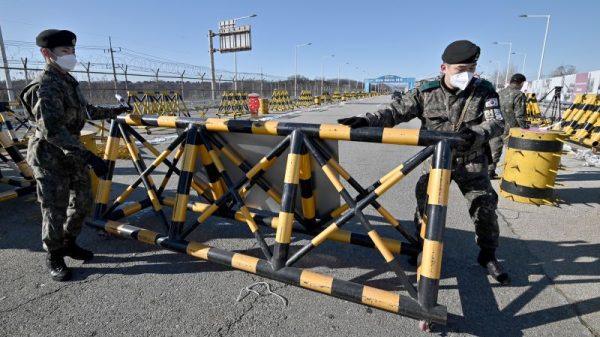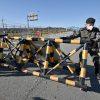By Emma Farge
GENEVA (Reuters) – The world was hit by so many floods and landslides in 2024 that it triggered the aid sector’s first multi-disaster insurance pay-out, the Red Cross told Reuters, signalling both the scale of the problem and the need for new financing solutions.
The International Federation of the Red Cross and Red Crescent Societies (IFRC) said such indemnity insurance funds, which kick in when repeated disasters reach a minimum cost threshold, can protect relief budgets increasingly strained by frequent and severe climate-fuelled hazards.
The IFRC policy with insurance broker Aon (NYSE:AON) is the first of its kind for the aid sector. It was triggered in mid-September by the deadly Asian Typhoon Yagi, which tipped total disaster spending over the 33 million Swiss franc ($37.84 million) mark, and the fund has disbursed more than 7 million Swiss francs.
The money has so far helped 1.5 million disaster victims in the poorest countries, including those in flood-hit Nigeria or those displaced by a Nepal landslide, it said.
“This provides contingency funding when you have exceptional needs. We would not have been able to respond to those disasters we are responding to today without this,” Florent Del Pinto, head of the Disaster Response Emergency Fund, told Reuters in an interview.
“What’s worrying is that this year’s needs have been so unprecedented that we have hit the trigger set at a relatively high level.”
The organisation is seeking to raise close to 100 million Swiss francs for its 2025 disaster response budget in Geneva on Friday and will be asking donors to also contribute to the insurance premium.
The IFRC hopes this year’s pay-out will help quell any doubts from donors who have previously expressed scepticism about whether they (disaster insurance products) work or are ethical, Del Pinto said.
He said in future that the current maximum pay-out could form a bigger portion of total humanitarian spending. Already, he said that several other aid agencies have approached him for information with a view to setting up similar funds.
“We are in this situation in which humanitarian needs are growing almost exponentially while funding is stable so we need to explore innovative financing in order to address the funding gap and respond to human suffering,” he said.
($1 = 0.8722 Swiss francs)


